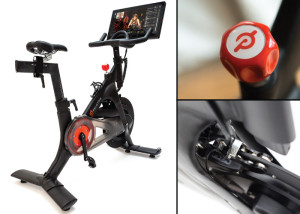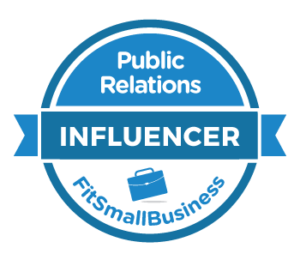You have big news coming up, like a major company or product launch. Should you try to make a splash at the next major show?
to make a splash at the next major show?
The answer depends on a number of factors.
The press swarm around the big tech events, and it seems you can’t escape the related din during show time. It was hard to get attention for clients in mobile and telecom who were not at Mobile World Congress a couple of weeks ago.
Last week, much attention turned to South by Southwest (SxSW). The NY Times recounted the history of companies that launched big there:
In 2007, Twitter had its “South by” moment, a tipping point for the company in which many people began to use the service more actively.
The same thing happened to Foursquare… In 2009, Dennis Crowley, a co-founder, flipped the switch on Foursquare days before the conference began; it became the breakout app of the conference and was valued at nearly $100 million a little more than a year later.
Whether it is SxSW or another show, it is tempting to think that your company can become the belle of the ball and reach a wider stage. But precious few do so – the same NY Times article mentioned several SxSW darling wannabes that either never got the big buzz, or did, but failed to live up to the hype.
So, why not ditch the Go Big or Go Home bravado, and ask the following questions before betting big on a trade show Hail Mary?
Can your news really stand out? A popular trade show is like a busy news day. It is usually difficult or impossible to know which news might compete with or eclipse yours.
Twitter and FourSquare’s SxSW lofty debuts were not just about clever PR – they were perfect storms, the result of timing, momentum that had already been building, and great synergies with the event vibe and crowd.
Is it the right kind of news for the show? If you do have truly important news and it is a hallmark event for your space, it may still make sense to launch there. Key media and analysts typically attend, and watch closely for just this type of thing.
New product announcements can get attention at a show. Organizers often run award contests for products announced there.
Even if you don’t announce at a show, there are ways to get some PR mileage from the opportunity. It is great to be able to meet with the journalists and analysts who are attending, and take the time to introduce your company or share updates.
You could also share news under embargo (meaning that the journalist agrees to not jump the gun) that will be announced at a later date.
Just remember that reporters usually prefer to cover-show related news. It is a PR feeding frenzy to get on their dance cards, and hard to spend quality time amidst the noise and chaos of a show.
For more information about considerations in timing your tech news, see my post on the topic.







